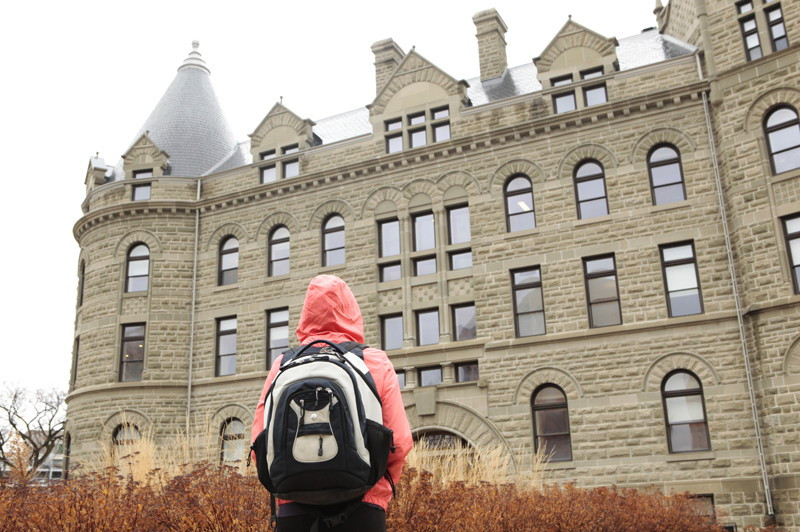U of W announces new tuition waiver program for youth in care
Ten Manitobans from foster care system to be selected for full school expense coverage in 2012
A new program recently announced by the University of Winnipeg will provide 10 youths from the province’s foster care system with an unprecedented educational opportunity this coming fall.
The newly launched Youth in Care Tuition Waiver program will cover all tuition costs for a handful of local foster care youths, with additional funding support for necessary living expenses to be provided by the province.
Dr. Lloyd Axworthy, president and vice-chancellor of the U of W, explained the importance of the newly launched program.
“Less than five per cent (of foster care youth in the province) actually go on to post-secondary education of any kind,” he said. “(This new program is) part of our broader commitment to opening up opportunities for youth who want to get an education, but who come across (financial) barriers along the way.”
According to Axworthy, the program will take on 10 youths each school year while continuing to cover the costs of its participants throughout their respective educations. Academic expectations, however, will not be lowered for those chosen.
“They will still have to meet the standards of our university,” he explained.
While funding for the program will come from the university’s Opportunity Fund, according to Axworthy, Child and Family Services will play an important role in its implementation, which will include identifying and selecting prospective candidates.
Jennifer Rattray, associate vice-president of indigenous government and community affairs at the U of W, acted as an intermediary between the university and CFS during the program’s development.
“We’re going to work together with the four child welfare authorities - the general, southern, northern and Métis authorities - to choose the students who we feel are most able to have a good experience here at the University of Winnipeg,” said Rattray. “It will really be a partnership (with CFS).”
With only 10 initial spots in the program compared to more than 9,500 children and youth in care in the province, selecting applicants promises to be a difficult task for those responsible.
Rattray commented upon the challenge of balancing the factors of financial need and academic promise when looking at prospective program participants.
“It’ll be a combination,” said Rattray, referring to the two factors. “Absolutely, financial need will be something that all of the applicants will have, we anticipate. It will really be a matter of finding those students who can best transition to university education.”
Rattray also explained that some of the university’s pre-existing support programs, such as those found at the Aboriginal Student Services Centre and elsewhere on campus, will be instrumental in assisting participants as they learn to navigate post-secondary student life.
Jon Gerrard, leader of the Manitoba Liberals, has previously expressed criticism of CFS’s approach to maintaining the well-being of children and youth in care in the province.
He commended the new Youth in Care Tuition Waiver program, but advised caution with respect to the applicant selection process.
“When you look at children in care, there are some children who are in foster homes where they have had a very rich and wonderful experience,” explained Gerrard. “And there are children who have been in care who have been shuffled from home to home, and they are young people who are having a great deal of difficulty.
“It’s really important that the 10 children who are selected actually cover the spectrum,” he said. “You’ve got to have some assurance that some of the children in the program are kids who have been really struggling in order to have a real test of this program and whether or not it’s going to help the kids who need it most.”
Published in Volume 66, Number 25 of The Uniter (March 28, 2012)







